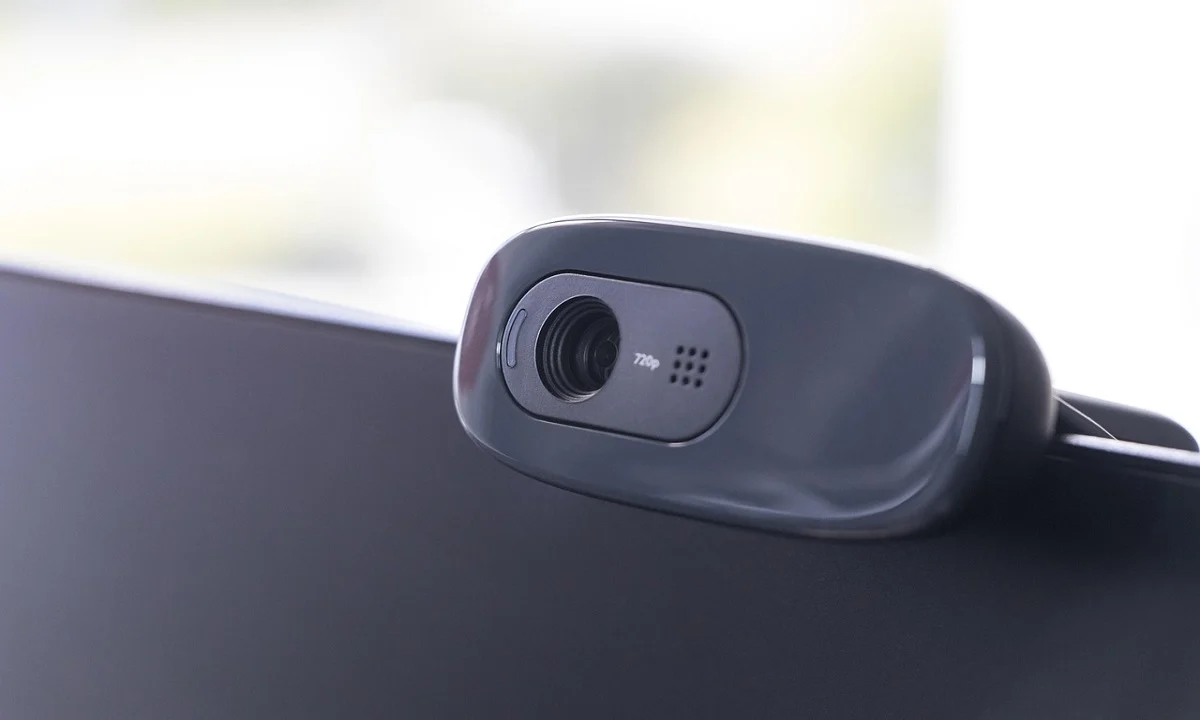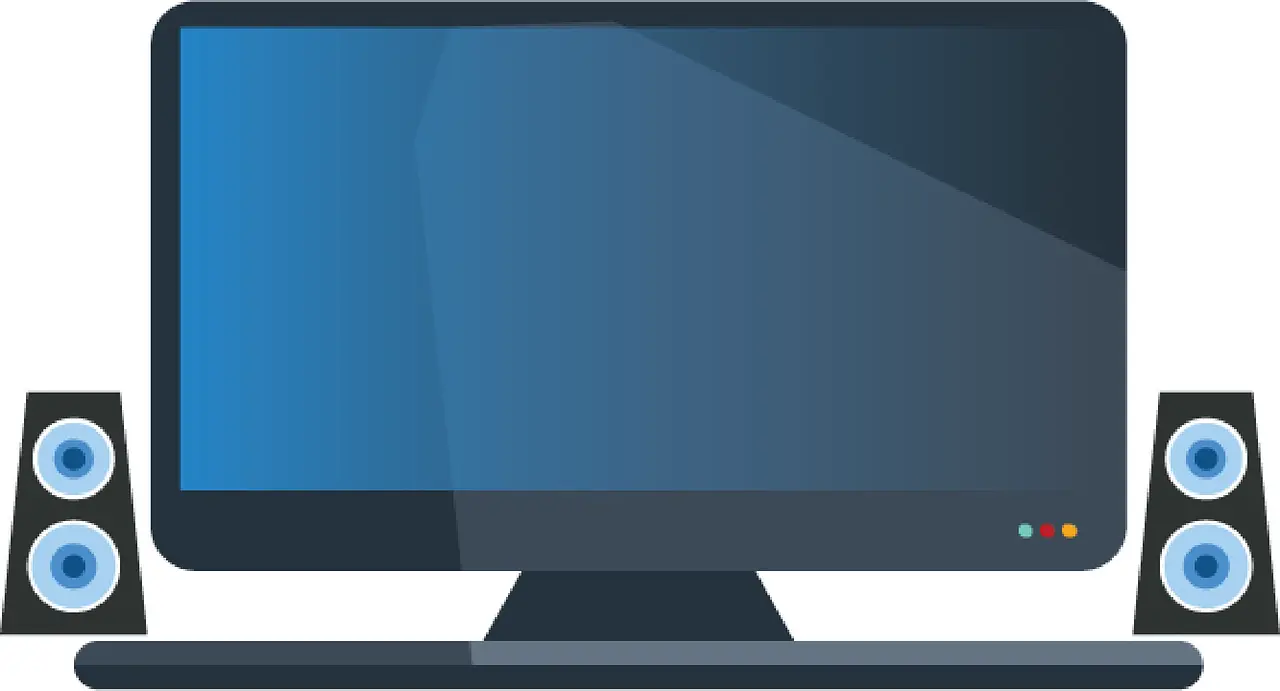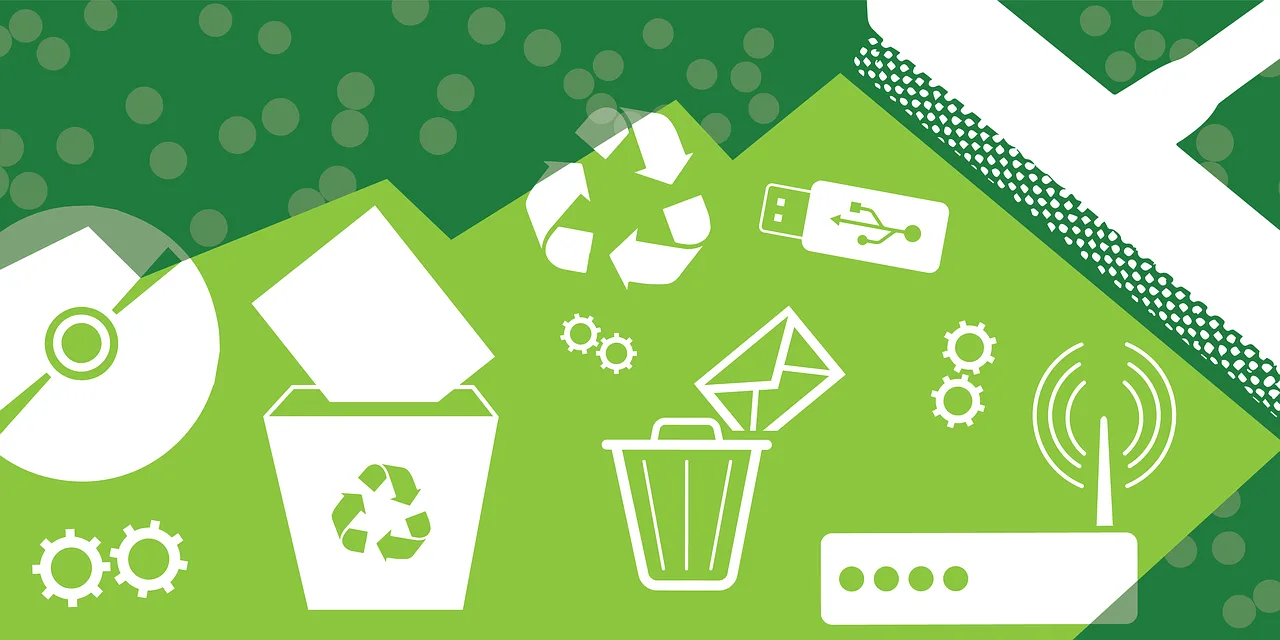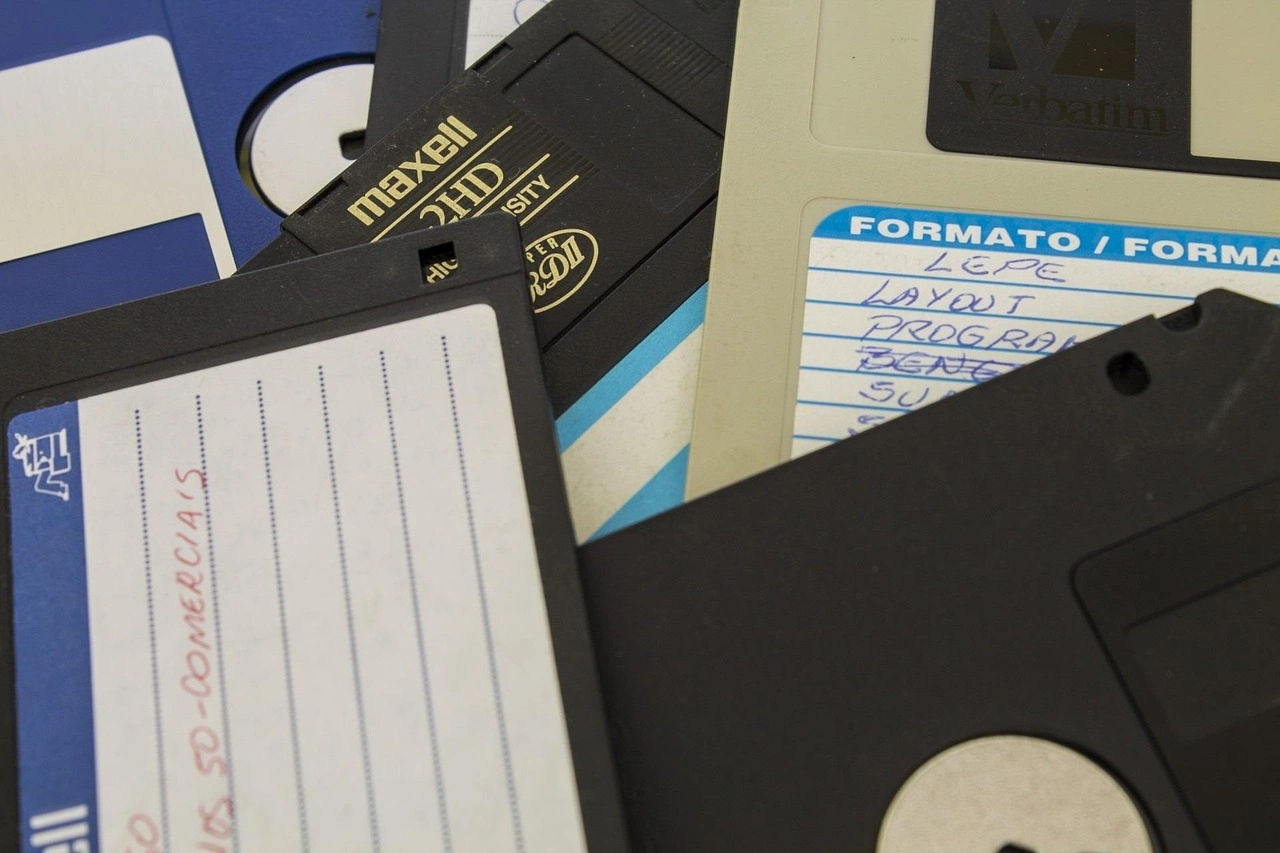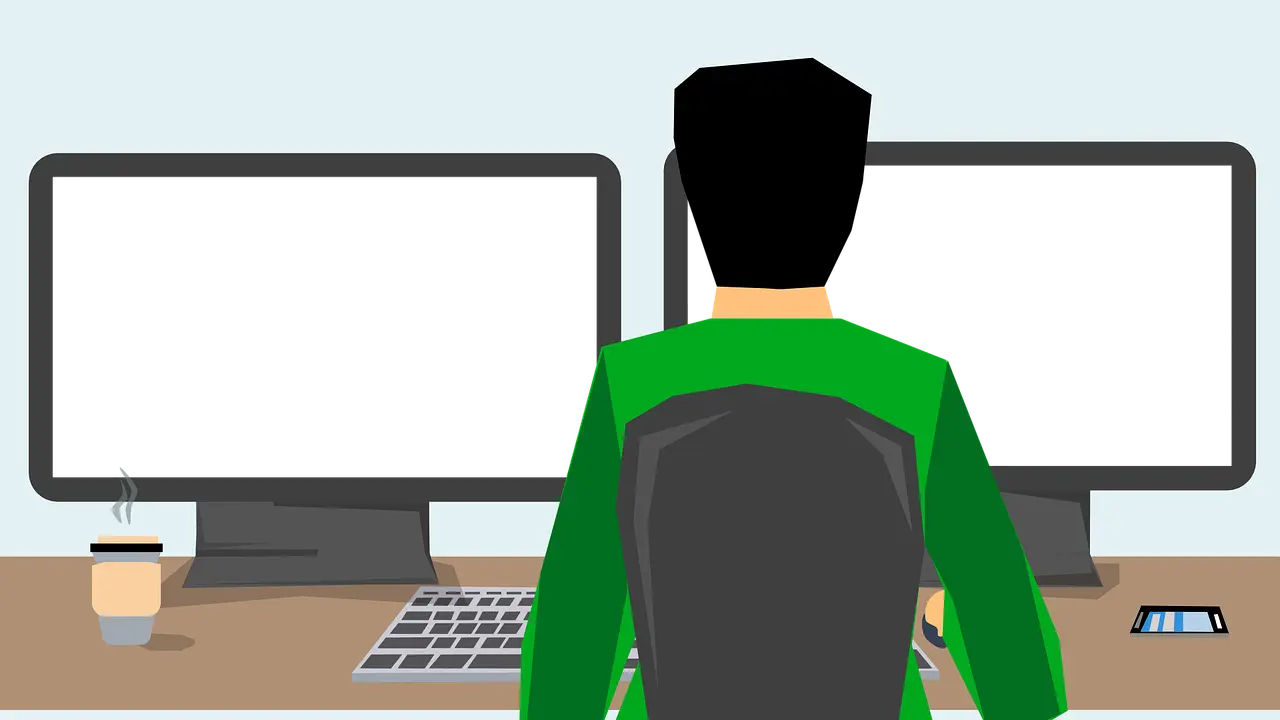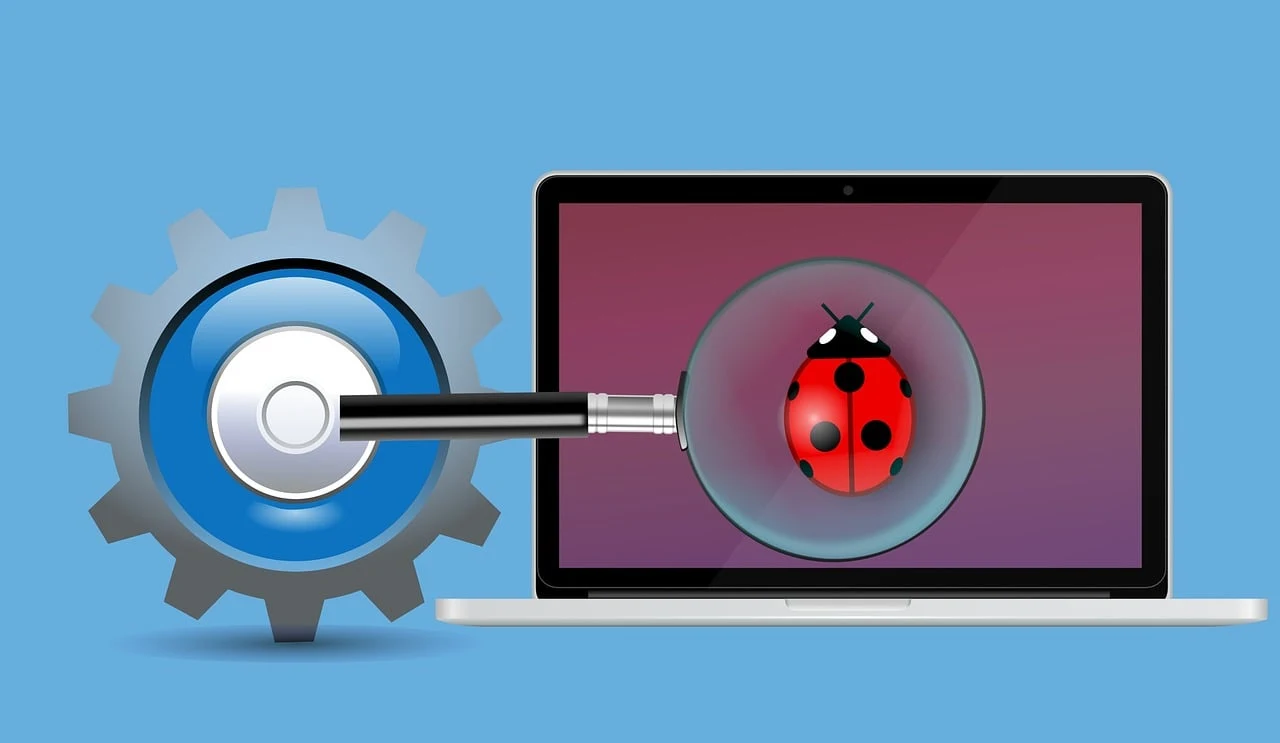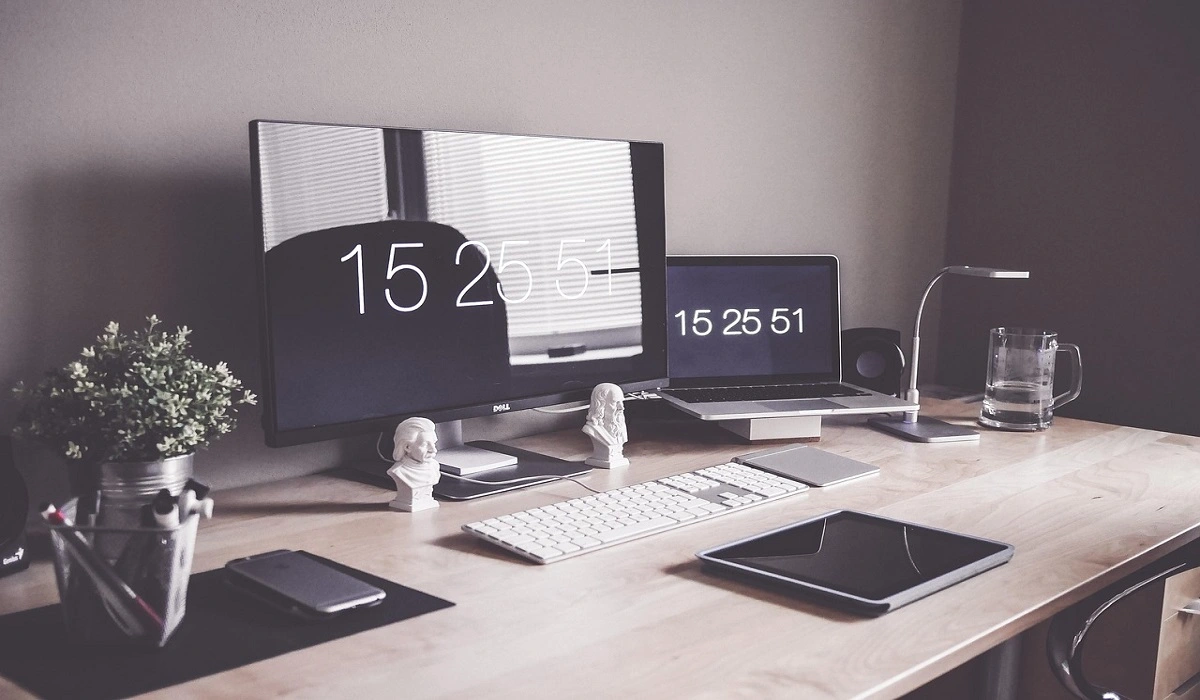How to Fix “Kernel Security Check Failure” Error on Windows 10/11
The “Kernel Security Check Failure” error is a common issue that Windows 10/11 users may encounter. This error can be frustrating as it often leads to system crashes and unexpected restarts. However, there are several methods that you can try to fix this error. Here, we will explore some effective methods to troubleshoot and resolve the “Kernel Security Check Failure” error on Windows 10/11.
Common Causes of the “Kernel Security Check Failure” Error on Windows 10/11
The “Kernel Security Check Failure” error on Windows 10/11 may occur due to a lot of reasons. Some of the most common reasons for the error are discussed here:
1. Hardware Incompatibility
One of the primary causes of the “Kernel Security Check Failure” error on Windows 10/11 is hardware incompatibility. This occurs when a piece of hardware, such as a graphics card, network adapter, or RAM module, is not compatible with the system or is malfunctioning. Incompatible or faulty hardware can trigger the error by causing conflicts with the kernel’s security checks.
2. Corrupted System Files
Corrupted system files can also lead to the “Kernel Security Check Failure” error. When critical system files become corrupted due to disk errors, software bugs, or improper shutdowns, the kernel’s security checks may fail, resulting in the error. Common culprits for corrupted system files include faulty disk drives, malware infections, and software conflicts.
3. Driver Issues
Device drivers play a crucial role in facilitating communication between hardware components and the operating system. However, outdated, incompatible, or corrupt device drivers can trigger the “Kernel Security Check Failure” error. This can occur when a driver attempts to access kernel memory improperly or when it conflicts with other drivers or system components.
4. Memory Corruption
Memory corruption, which can result from hardware defects, overheating, or software bugs, is another common cause of the “Kernel Security Check Failure” error. When the kernel detects that the system’s memory has been corrupted, it initiates a security check that can lead to the error. Memory corruption can manifest in various forms, such as random system crashes, application errors, and data corruption.
5. Overclocking
Overclocking, the practice of running hardware components at higher clock speeds than their default settings, can destabilize the system and trigger the “Kernel Security Check Failure” error. Overclocking the CPU, GPU, or RAM can lead to system instability, memory corruption, and hardware malfunctions, all of which can prompt the kernel’s security checks to fail.
6. Software Conflicts
Conflicts between software applications and system processes can also cause the “Kernel Security Check Failure” error. This can occur when a software bug or compatibility issue interferes with the kernel’s security mechanisms, leading to system crashes and the error. Common sources of software conflicts include antivirus programs, system utilities, and faulty software updates.
7. Malware Infections
Malware, such as viruses, trojans, and rootkits, can compromise the security and stability of the Windows operating system, potentially triggering the “Kernel Security Check Failure” error. Malware infections can manipulate kernel processes, corrupt system files, and interfere with memory management, all of which can lead to the error.
8. Hardware Malfunctions
Physical hardware malfunctions, such as a failing hard drive, a faulty memory module, or a damaged CPU, can directly contribute to the “Kernel Security Check Failure” error. When hardware components malfunction, they can disrupt the normal operation of the kernel’s security checks, leading to system errors and crashes.
9. System Update Issues
System updates, including Windows updates and driver updates, can sometimes introduce new bugs or compatibility issues that trigger the “Kernel Security Check Failure” error. This can occur when an update conflicts with existing system configurations, introduces faulty drivers, or inadvertently corrupts critical system files.
10. System Configuration Errors
Finally, errors in the system’s configuration, such as incorrect BIOS settings, misconfigured hardware parameters, or faulty system settings, can lead to the “Kernel Security Check Failure” error. When the system’s configuration deviates from the expected parameters, the kernel’s security checks may fail, resulting in the error.
How to Fix “Kernel Security Check Failure” Error on Windows 10/11
There exist a lot of methods to fix the “Kernel Security Check Failure” error on Windows 10/11. Some of these methods are discussed here:
Method 1: Update Drivers
One of the most common causes of the “Kernel Security Check Failure” error is outdated or incompatible drivers. To address this issue, you can update your drivers to ensure that they are compatible with your operating system. To update drivers, you can follow these steps:
Step 1: Press the Windows key + X and select Device Manager from the menu.

Step 2: In the Device Manager window, locate the device with the driver you want to update.
Step 3: Right-click on the device and select Update driver.
Step 4: Follow the on-screen instructions to update the driver.
Step 5: Repeat these steps for all devices with outdated drivers.
Method 2: Run the Windows Memory Diagnostic Tool
Memory issues can also trigger the “Kernel Security Check Failure” error. To check for memory problems, you can use the Windows Memory Diagnostic tool. Here’s how to run the Windows Memory Diagnostic tool:
Step 1: Press the Windows key + R to open the Run dialog box.

Step 2: Type “mdsched.exe” and press Enter.
Step 3: Choose to restart your computer and check for memory problems.
Step 4: Windows will restart and run the memory diagnostic tool.
Step 5: Follow the on-screen instructions to complete the memory test.
Method 3: Check for System File Corruption
Corrupted system files can also cause the “Kernel Security Check Failure” error. To check for and repair corrupted system files, you can use the System File Checker tool. Here’s how to run the System File Checker tool:
Step 1: Press the Windows key + X and select Windows Terminal (Admin) from the menu.

Step 2: In the terminal window, type “sfc /scannow” and press Enter.
Step 3: The System File Checker tool will scan for and repair any corrupted system files.
Step 4: Once the scan is complete, restart your computer.
Method 4: Check for Disk Errors
Disk errors can also contribute to the “Kernel Security Check Failure” error. To check for and repair disk errors, you can use the Check Disk utility. Here’s how to run the Check Disk utility:
Step 1: Press the Windows key + X and select Windows Terminal (Admin) from the menu.
Step 2: In the terminal window, type “chkdsk /f /r” and press Enter.
Step 3: Windows will schedule a disk check for the next time you restart your computer.
Step 4: Restart your computer to run the disk check utility.

Step 5: The utility will scan for and repair any disk errors.
Method 5: Perform a System Restore
If none of the above methods resolve the “Kernel Security Check Failure” error, you can perform a system restore to revert your system to a previous state when it was functioning properly. Here’s how to perform a system restore:
Step 1: Press the Windows key + R to open the Run dialog box.
Step 2: Type “rstrui” in the Run dialog box and press Enter.

Step 3: Follow the on-screen instructions to choose a restore point and initiate the system restore process.
Step 4: Once the system restore is complete, restart your computer.
Conclusion
The “Kernel Security Check Failure” error can be a frustrating issue to deal with. However, with the methods discussed here, you can troubleshoot and resolve this error on Windows 10/11.
FAQs
1. What causes the “Kernel Security Check Failure” error on Windows 10/11?
The “Kernel Security Check Failure” error can be caused by a variety of factors, including corrupt system files, outdated device drivers, hardware issues, and incompatible software. One of the most common causes of this error is a faulty RAM module or a failing hard drive.
Additionally, software conflicts and malware infections can also trigger this error.
2. Is outdated device drivers a common cause of the “Kernel Security Check Failure” error?
Yes, outdated or incompatible device drivers are a common cause of the “Kernel Security Check Failure” error. It is important to regularly update your device drivers to ensure compatibility with the latest Windows updates and to address any known issues or vulnerabilities. You can update your device drivers manually by visiting the manufacturer’s website or by using a reputable driver update tool.
3. How can I prevent the “Kernel Security Check Failure” error from occurring in the future?
To prevent the “Kernel Security Check Failure” error from occurring in the future, it is important to keep your system updated with the latest Windows updates and device drivers. Regularly scanning your system for malware and ensuring the integrity of system files can also help prevent this error.
4. When should I seek professional assistance for the “Kernel Security Check Failure” error?
If you have exhausted all available troubleshooting steps and the”Kernel Security Check Failure” error persists, it may be necessaryto seek professional assistance. This can include consulting with a certified technician or contacting Microsoft support for further guidance.
Popular Post
Recent Post
How to Clean Your Windows Registry (Safe Methods)
Learn safe ways to clean Windows registry entries using built-in tools, backups, and trusted cleaners. Follow simple steps, avoid risks, and keep your system fast and stable.
How to Clean a Laptop Webcam Lens Without Damage
Learn how to clean a Laptop Webcam Lens with simple steps, safety tips, and advanced methods to keep your webcam clear, sharp, and ready for video calls or recordings.
How To Clean the Speakers of Your PC or Laptop
A clear and simple guide on how to clean speakers of a PC or laptop with safe steps, precautions, and advanced care tips that help restore bright and steady sound.
PC Cleaning Tips For Beginners and Advanced Users
A complete guide that explains simple cleaning methods, safety steps, airflow care, and advanced maintenance habits for beginners and skilled users.
Wise Disk Cleanup: Complete Review
Wise Disk Cleanup review: Learn how this free tool removes junk files, frees disk space, and improves PC performance.
Disk Cleanup This PC: A Complete Guide
Learn how to run Disk Cleanup on this PC with our complete guide. Free up storage space, speed up your computer, and keep Windows running smoothly with easy steps.
How to Reset Windows 11: Complete Guide
Learn how to reset Windows 11 in clear steps. This complete guide explains precautions, methods, tips, and answers to common questions to help you reset your system safely.
How to Debloat Windows 11: Complete Guide [2026]
Learn how to debloat Windows 11 with simple steps. Remove extra apps, reduce background load, and speed up your PC using safe and clear methods for better performance.
Computer Cleaning Habits You Must Follow
Learn simple computer cleaning habits that keep your device fast and healthy. Follow steps for file cleanup, dust removal, updates, and security in one clear guide.
How to Clean a Browser on a Windows PC: Chrome, Mozilla, Opera, Edge.
Learn how to clean your browser on a Windows PC for Chrome, Mozilla Firefox, Opera, and Edge. Improve speed, remove old data, and keep your system running smoothly.


